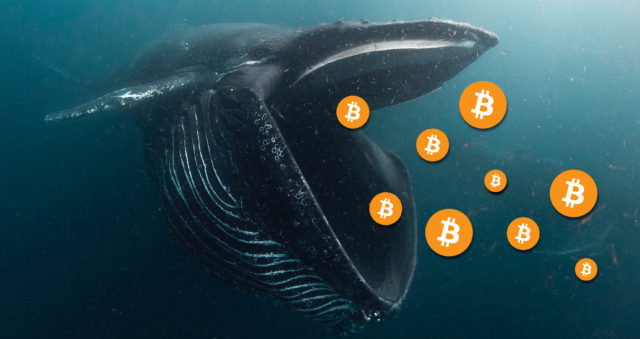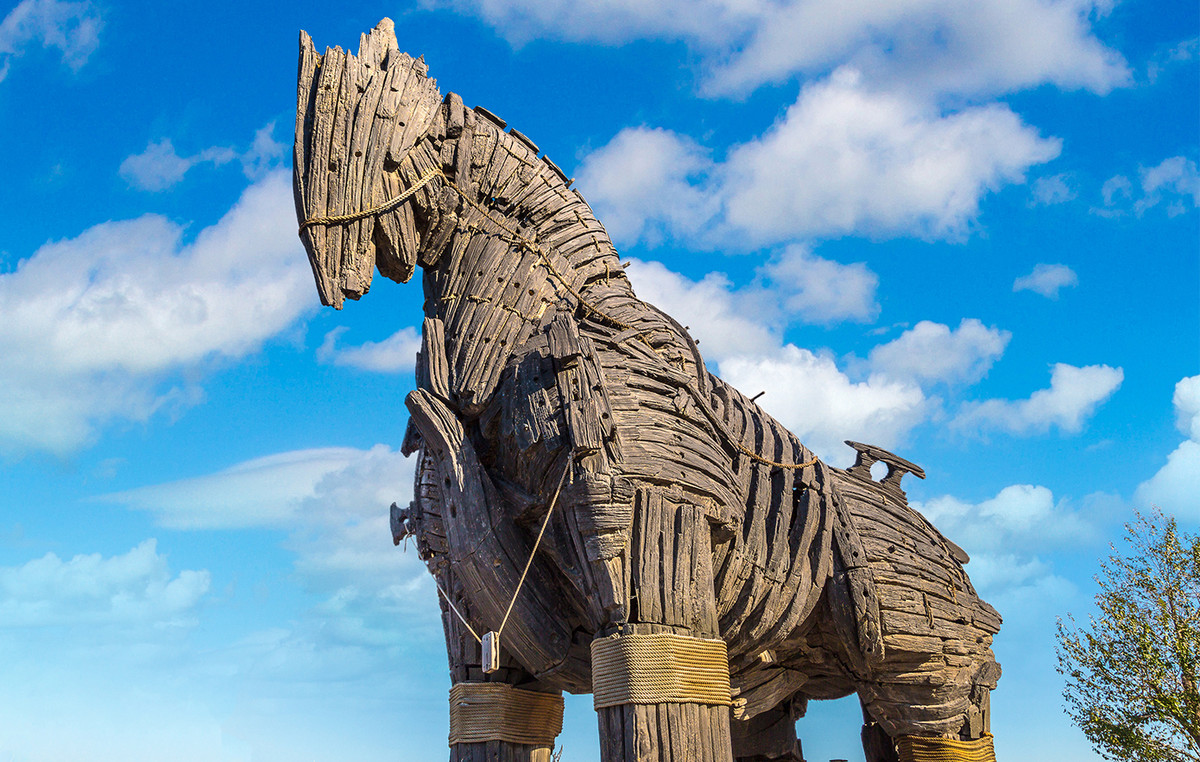One new species of carnivorous dinosaur was found in the La Colonia Formation, in Central Patagonia, within the territory of Argentina , by a group of explorers from the National Geographic Society. The research that confirms the discovery was published in the scientific journal Cladistics this Tuesday (21).
Named Koleken inakayali the dinosaur is a new species of abelisaurid and coexisted with a titanosaur (Titanomachya gimenezi), discovered last month by the same group of researchers, led by explorer Diego Pol.
Koleken inakayali is the second abelisaurid discovered and inhabited the La Colonia Formation at the end of the dinosaur era, in the Late Cretaceous, around 70 million years ago. The other had been the “carnivorous bull”, Carnotaurus sastrei — a species popularized in the film “Jurassic World”.
Despite being similar, unlike Carnotaurus, Koleken is smaller and presents a unique set of cranial characteristics and anatomical differences, especially the absence of huge frontal horns.
The name chosen for the new species is derived from the language of the Tehuelche people, from Central Patagonia, and refers to the clay in which the dinosaur was found and the leader of that people, Inakayal.
The research published in the journal Cladistics details the discovery, which consists of a partial skeleton including various skull bones an almost complete set of back bones one full hip several tail bones It is almost complete legs .
“This discovery sheds light on the diversity of abelisaurid theropods that inhabited Patagonia shortly before the mass extinction event”, assesses Diego Pol.
“Our study also looks at the evolution of abelisaurids and their relatives over time and identifies accelerated rates of skull evolution in the Early Cretaceous. This expands what we know about the abelisaurids that lived in this area during the Cretaceous period and shows that they were more diverse than previously thought.”

Diego Pol's work is supported by the National Geographic Society and aims to expand scientific understanding of the dinosaurs and vertebrates that existed throughout Patagonia during the last 15 million years of the Cretaceous period.
His work also involves developing a database to help researchers identify patterns of end-Cretaceous extinctions in South America compared to other regions of the world.
Source: CNN Brasil
Charles Grill is a tech-savvy writer with over 3 years of experience in the field. He writes on a variety of technology-related topics and has a strong focus on the latest advancements in the industry. He is connected with several online news websites and is currently contributing to a technology-focused platform.







